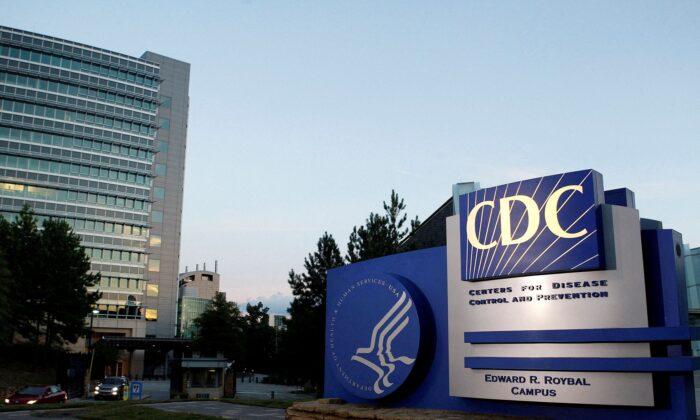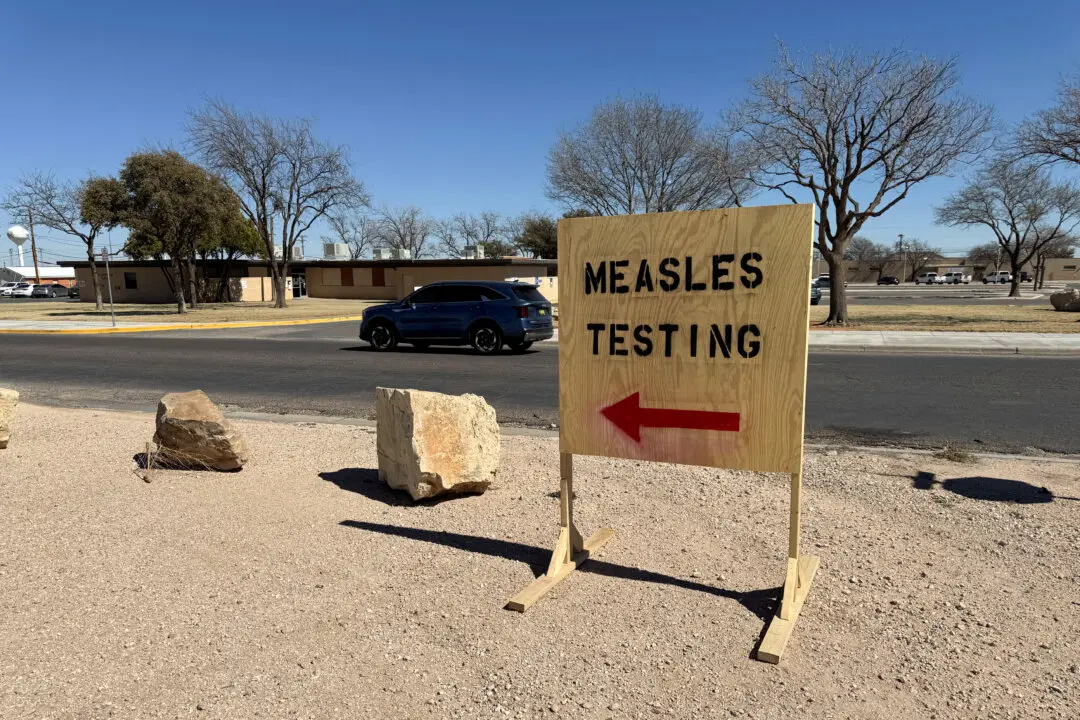The Centers for Disease Control and Prevention (CDC) issued a health advisory after children in Alabama were discovered to have adenovirus and hepatitis infections.
They said that a “cluster of children” have been infected with both hepatitis and adenovirus after clinicians at a large hospital in Alabama issued a notice to the CDC in November 2021.
“Five pediatric patients with significant liver injury, including three with acute liver failure, who also tested positive for adenovirus” were reported by the hospital to the CDC, according to the agency, adding that the children were previously healthy and that none had COVID-19.
“Case-finding efforts at this hospital identified four additional pediatric patients with hepatitis and adenovirus infection for a total of nine patients admitted from October 2021 through February 2022,” the agency further wrote. Two of those patients required a liver transplant, and no patients died.
Other than the nine Alabama cases, two have been identified in North Carolina, health department officials told local media.
Authorities are now investigating a link between pediatric hepatitis and adenovirus cases. The agency also has asked clinicians and state public health officials to report if children under the age of 10 are found to have elevated aspartate aminotransferase or alanine aminotransferase, suggesting liver problems.
“Cases of pediatric hepatitis in children who tested negative for hepatitis viruses A, B, C, D, and E were reported earlier this month in the United Kingdom, including some with adenovirus infection,” the agency wrote.
The CDC also noted that five children had adenovirus type 41, which “typically presents as diarrhea, vomiting, and fever,” and “it can often be accompanied by respiratory symptoms.”
Hepatitis is an inflammation of the liver that can be caused by a viral infection, alcohol, prescription drugs, over-the-counter medications acetaminophen, high doses of certain herbal supplements, toxins, and various medical conditions. Hepatitis viruses, which spread via bodily fluids, can also cause liver inflammation.
Symptoms include abdominal pain—namely in the upper right part of the abdomen right below the ribs—dark-colored urine, light-colored stools, and jaundice, which is the yellowing of the skin and whites of the eyes.






